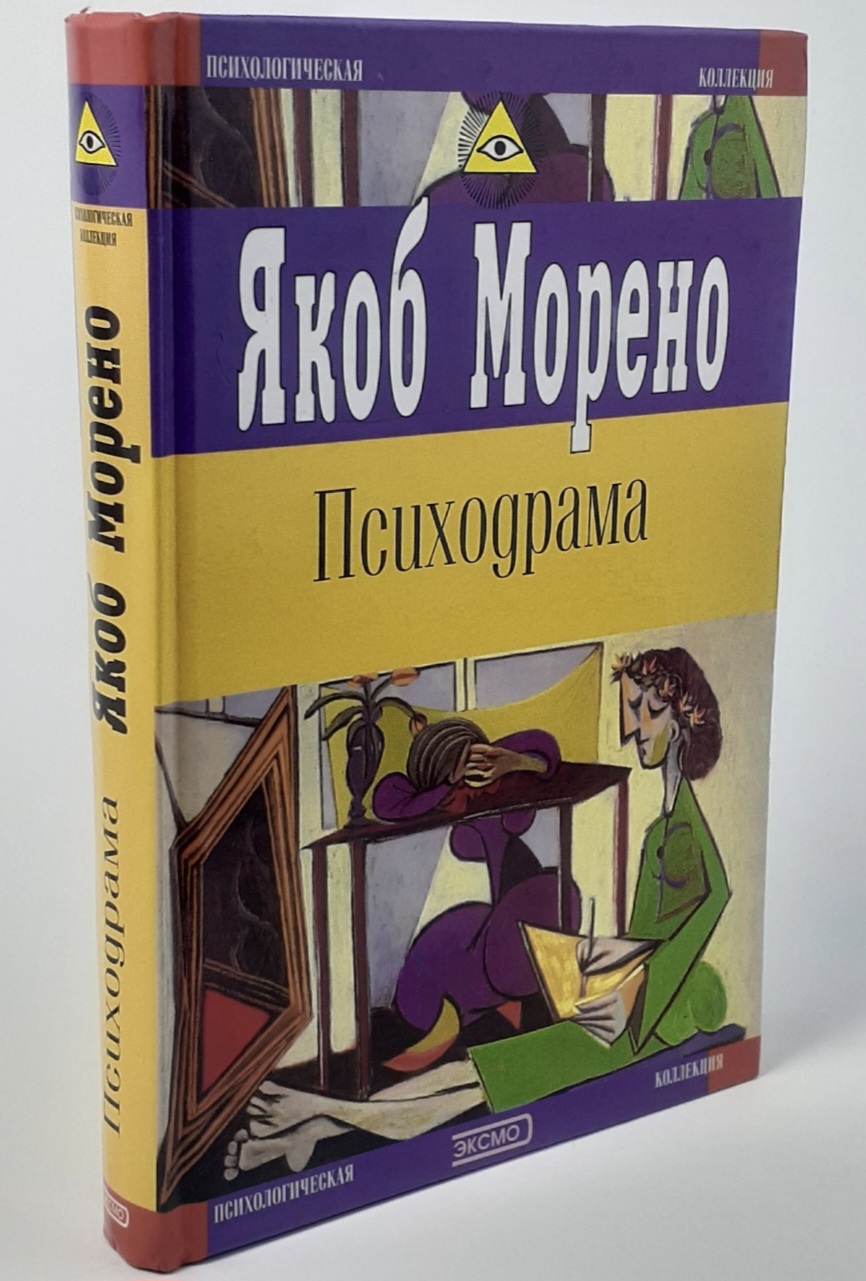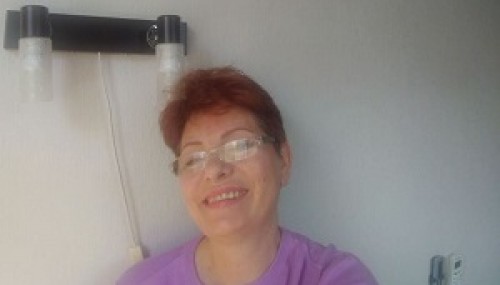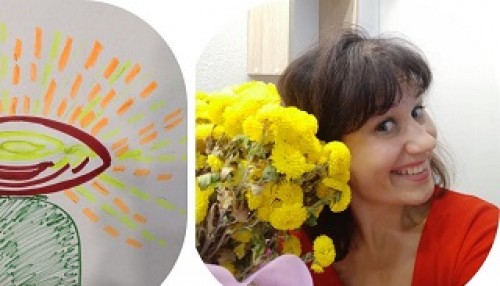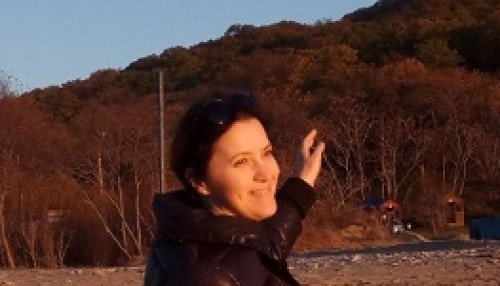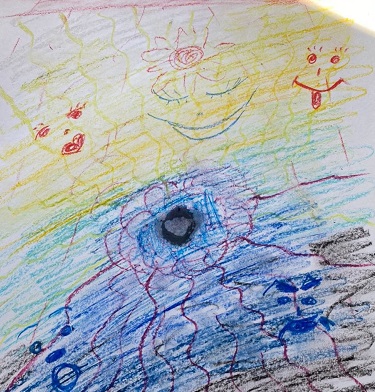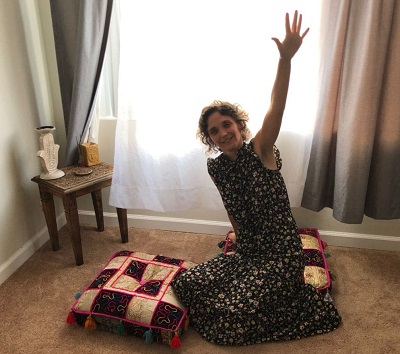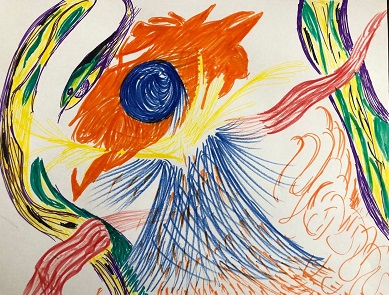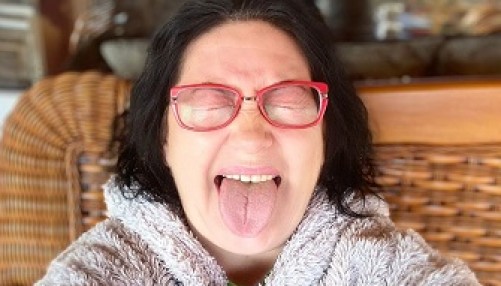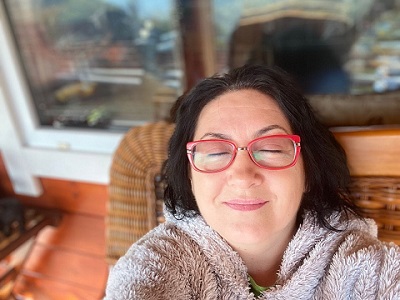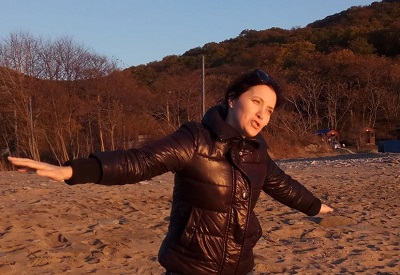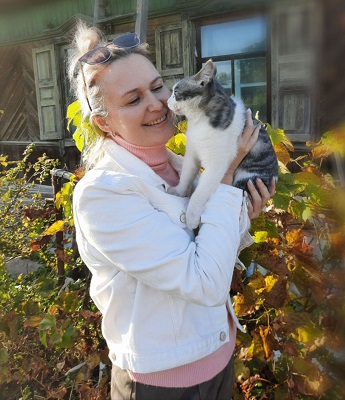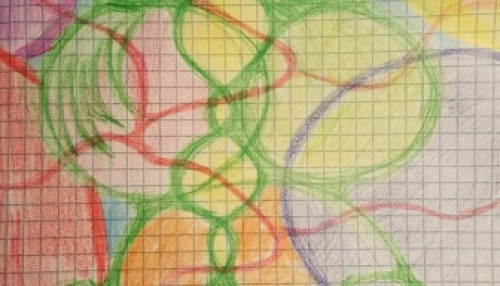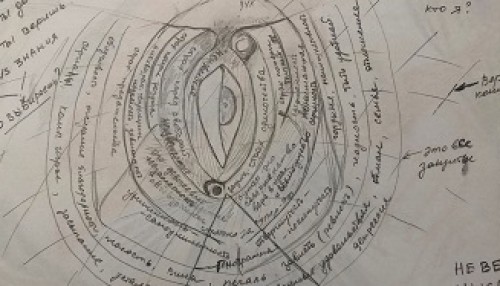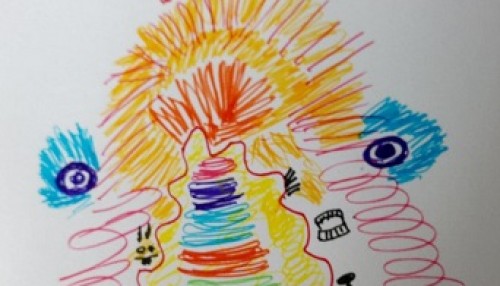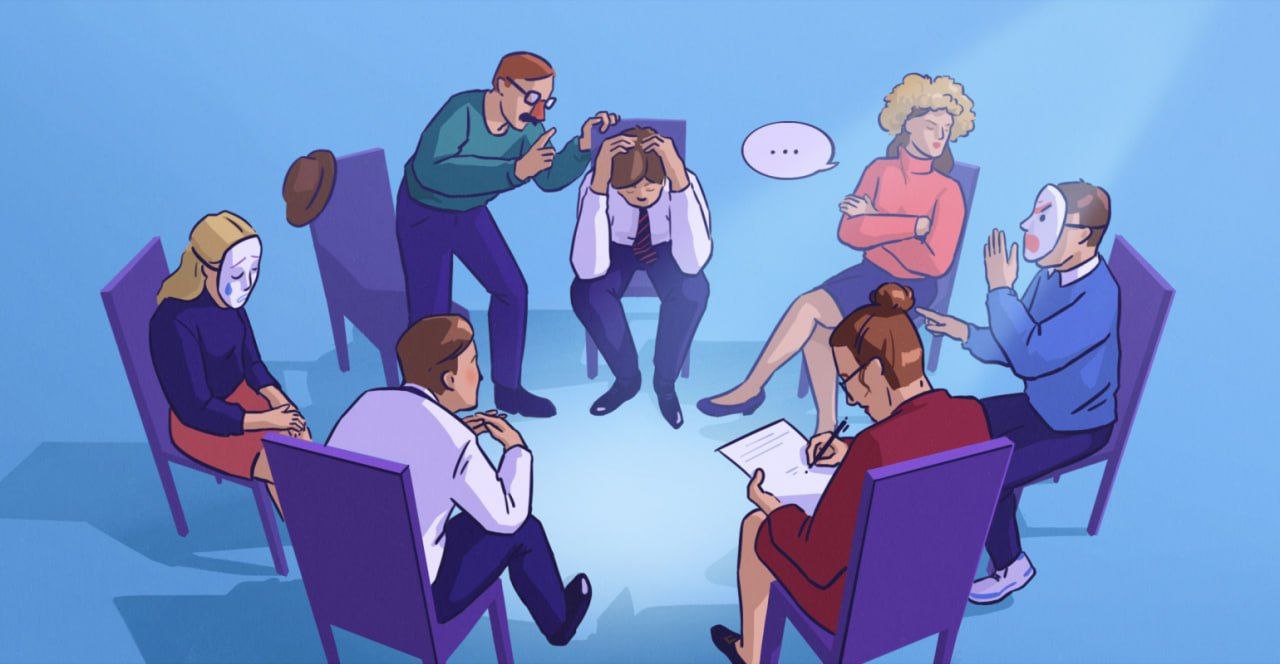
Laughter therapy (gelotology). Fun treatment
Laughter therapy (gelotology). Treatment with laughter is serious!
A bit of history ...
The
science of laughter and its influence on the physical and mental health
of a person - gelotology (from the Greek "gelos" - laughter) -
originated in the USA in the 70s of the last century. It was introduced into the official medicine by American journalist Norman Cousins. Being bedridden, and, according to doctors, without a chance to recover, he decided to radically change his way of life.
Since
Norman did not want to give up and despondently die of his days, he
began to spend his time cheerfully: he spent whole days watching
comedies, listening to jokes and funny stories and laughing without
restraint. According to sources, a week later his pain stopped, and a month later he was able to move. Soon he began to walk and went to work.
Such
an amazing story inspired scientists in Europe and America to focus
their attention on studying the phenomenon of laughter and its impact on
the human psyche. Gradually, the therapy was separated as a separate psychotherapeutic method.
We are all a little bit "narcissus ."
... Narcissus, son of the river god and the nymph, was divinely beautiful - and totally cool: he admired its beauty, but it is not needed in admiration of others: at first he did not anybody needed. Breaking many hearts, including heart nymph Echo (poor girl could only repeat the last words of the speaker), Narcissus angered still one of the nymphs, who exclaimed: "Love is you, Narcissus! And let the object of your love will reject you as you deny us! "
Alpha rhythm of the brain-access to unlimited possibilities and hidden reserves ...
You've probably heard that there are alpha, gamma, beta, delta, theta rhythms of the brain, each of which carries its own functions and opens its possibilities.
So ... Most of our life we live in beta and gamma ranges ...
... while access to unlimited possibilities and hidden reserves is in a different range - in the alpha-rhythm.
- There is a hidden mechanism of self-healing.
- There lies unlimited access to money.
- There is success, career rise, recognition.
- There the meeting with love of all life, a strong family and warm relations with children and parents was lost.
What is gestalt.
"You Just Need to Close the Gestalt" - such advice can be heard from well-wishers. But in order to understand what a gestalt is and to correctly use this
concept, you need to abstract yourself from psychotherapy for a while
and turn to the psychology of perception.
In a literal translation from German, Gestalt means "Form, View, Figure," and the derived word "Gestaltung" is "design." Other more or less suitable in meaning Russian analogues - "Integrity", "structure" and "model."
In fact, the "Figure", Gestalt, can be any process - a passion for someone, a quarrel or a business started.
We
remember the unfinished processes better - this phenomenon is called
the "Zeigarnik effect" named after the Soviet psychologist Blumy
Zeigarnik. While
still a student, she noticed that the waiters in the cafe perfectly
remember all the outstanding orders and immediately forget the ones
done. Later,
Zeigarnik conducted a series of experiments that confirmed that
unfulfilled tasks create a certain tension in human memory.
Who are you without your spiritual history?
- Please do not talk to me about "pure awareness" or "living in the absolute."
I want to see how you feel about your partner.
To your children, parents, to your precious body. - Please do not give me a lecture on the illusion of a particular self or how you have achieved permanent bliss in just 7 days.
I want to feel the genuine warmth coming from your heart.
I want to hear how well you can listen.
What we create is what we are.
We are born in the body given to us by God, but when we are forty, we find ourselves in the body that we created ourselves. And this body is less expressive, less alive than it could be, because many of us do not live with the body. We perceive it as a "body" or "my body" as an extraneous object, as if it were a table or a chair in a room. We seem to say: "I use the body, but I have a vague understanding that it is me." But if the body is rigid and inflexible, if it is clamped and taut,
unassembled and heavy - it means that these qualities are in the mind.
In the deepest sense, movement is the flow of energy that drives all life as a whole. We
move all 24 hours a day, that is, the movement for us is a natural
being, and therefore in motion we can discover so much new about
ourselves.
Magic cleaning: just to put things right in the house
"Order in the house = order in life!"
Tired of indefinitely bringing order to the house? Do not need! There is a way to clean up once and for all.
Today Japanese Mari Kondo is known all over the world: her book "Magic cleaning. Japanese art of bringing order home and in life "in a short time
became a bestseller and was published in more than 30 countries.
From
the age of 5, Marie liked flipping through women's magazines, viewing
photos of delicious dishes and reading about how to remove stains from
fat or save money. "The
articles on storage methods inspired me to turn cardboard bags from
milk into boxes for my desk drawers," Marie says in her book. Looking
at her daughter's infatuation, her parents thought that an ideal
housewife would grow out of it, but she invented her cleaning method,
began helping people get rid of the rubbish in their homes and earned
millions on it. And all because "KonMari method" really works ...

